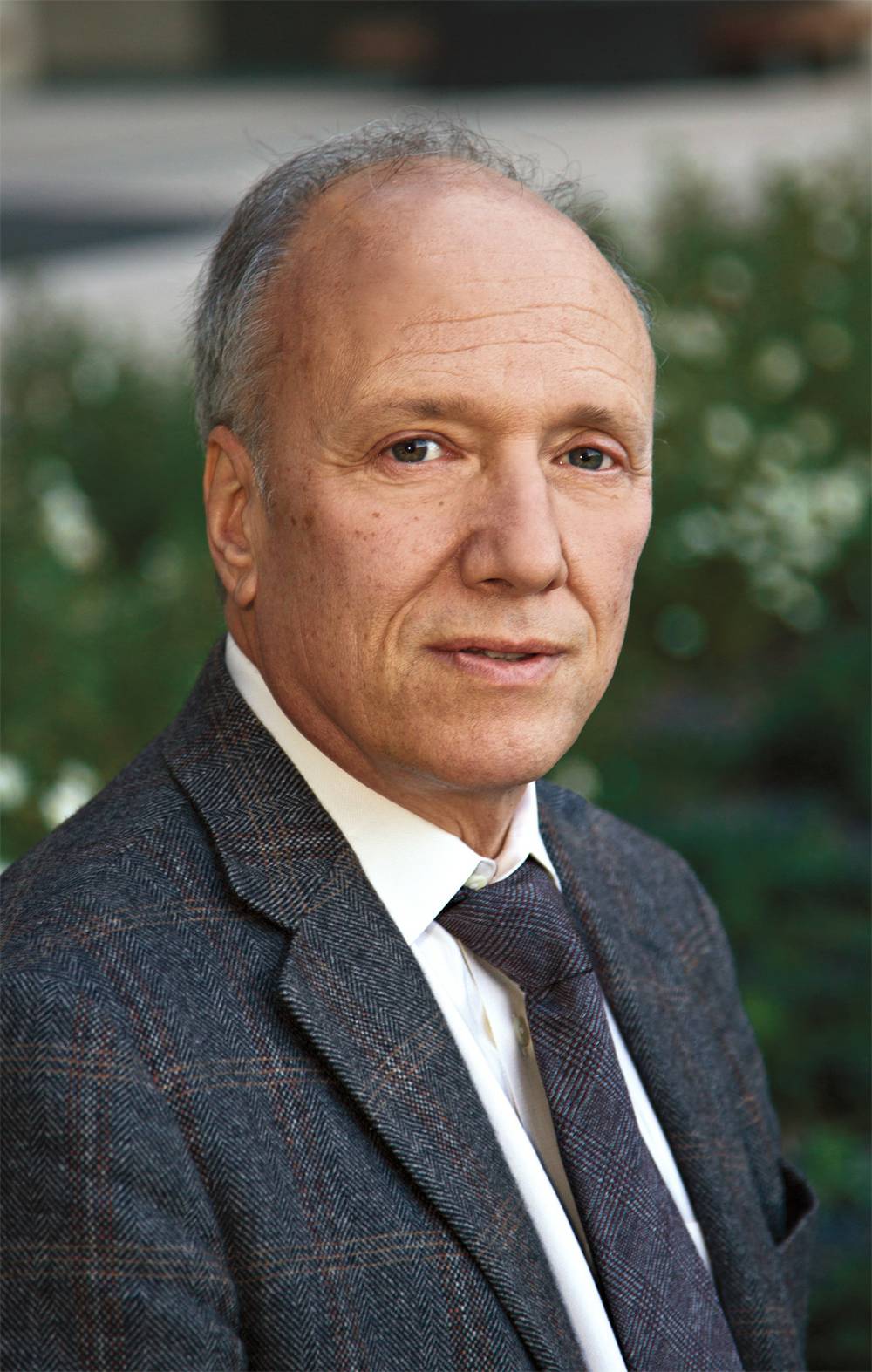Discussions regarding art therapy for patients with neurodegenerative diseases have been increasing over the past 10 years.
The Museum of Modern Art in New York and Museum of Fine Arts Boston both have programs hosting Alzheimer’s patients, and medical institutions have incorporated art into their programs. Some doctors report a calmness in patients who view art. Others say that creating art has a soothing effect, while also helping doctors to understand what’s happening in their patients’ brains.
On May 31, the Cleveland Clinic Lou Ruvo Center for Brain Health, which has an art program, will host a lecture featuring Drs. Bruce Miller and Daniel C. Potts, both of whom are involved in using art to work with patients with brain disease. We spoke with Dr. Miller, a professor of neurology and director of the University of California, San Francisco’s Memory and Aging Center.
When did the relationship between art and neurodegenerative disease begin to gain ground? Dr. Jeff Cummings wrote the first paper that I was aware of, and he described an artist whose work went from realism to more surrealistic and then slowly disintegrated. I would say that was in the mid-1980s.
And your work? I described an artist in 1996 by the name of Jack who had shown this kind of explosion of visual creativity. I wrote a little piece, and then I started to more systematically think about my patient population. Almost all of them had frontotemporal dementia, and then over time, I realized almost all of them have left-sided variants of the disease, so they had a degeneration in the language hemisphere, but possibly probably a release of right hemisphere function that allowed the visual creativity to emerge.
What does art do for the patients? It becomes a source of pride. It’s something that these patients get great joy, happiness and satisfaction in doing. Some of them are phenomenally good. From a scientific point of view, the paintings tell us a lot about how the person’s brain is functioning. I think it’s a way for some of these people who have no language to express what they’re thinking in a visual form.
And it provides a better understanding of what’s happening in their brains? Yes. Absolutely. If they have trouble with symbolic linguistic thought, their paintings are not very symbolic or linguistic. If they have trouble recognizing faces, they often show faces that are distorted. The paintings are sort of a little inroad into the brain.
Is it true that memories stored in images might be more easily accessible? Exactly. One of my first patients created visual memories of his childhood.
Why does viewing art create a sense of calm or engagement, as opposed to just looking at the real world? I think the visual systems of patients with Alzheimer’s disease can be altered, so I think something that is contained and simple may be easier for them to visually understand than something very complex like seeing outside.
Is this mostly anecdotal or is there ongoing research? I think the science is just starting. There is really wide enthusiasm to do the science around this and show that it’s having efficacy. But there are not a lot of art rehabilitation scientific studies.
What about your program at UCSF? We have three components. One is the artists working with our patients and helping them to create art and identify people who might really benefit from this. The second part is interacting with our scientists, so that the scientists can think about how an artist thinks about the brain. The third part is how the artist is influenced, so the artist-patients who worked with our first artist, Deborah Aschheim, did a lot of art of neural maps, so she looked at our pathology slides and how we imaged the brain and incorporated some of that into her own art.
Could this lead to an understanding of how art works in brains where there isn’t neurodegenerative disease? I think so. There is work starting in schizophrenia, and there are some children with autism where artistic expression is a mode that is very effective therapy. So this has broad implications for medical illness in general. There’s been a lot of work with art, children and cancer. It’s a very touching and moving effort.
What will you be discussing at the lecture at Lou Ruvo Center? I’m going to talk about my patients. I describe it as portraits of artists with dementia. I’ll talk about the process. Hopefully, I’ll show some of the artwork by the patients and from our visiting artists, as well.
Art and the Brain, May 31, 6 p.m., free, Cleveland Clinic Lou Ruvo Center for Brain Health, 888 W. Bonneville Avenue, 483-6000.








Previous Discussion: